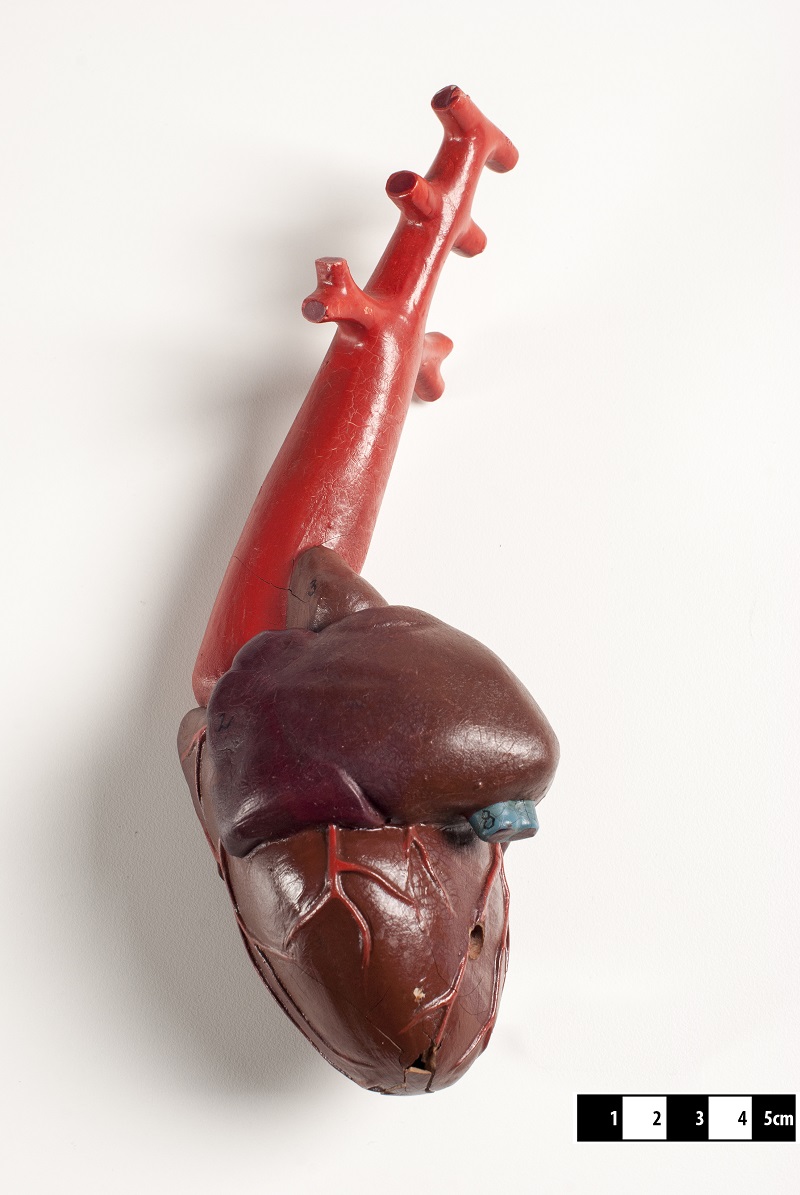

Researchers have discovered a 380-million-year-old heart, the oldest ever found, alongside a separate fossilized stomach, intestine and liver in an ancient jawed fish, shedding new light on the evolution of our own bodies.
The new research, published today in Science, found that the position of the organs in the body of arthrodires — an extinct class of armoured fishes that flourished through the Devonian period from 419.2 million years ago to 358.9 million years ago — is similar to modern shark anatomy, offering vital new evolutionary clues.
Lead researcher John Curtin Distinguished Professor Kate Trinajstic, from Curtin’s School of Molecular and Life Sciences and the Western Australian Museum, said the discovery was remarkable given that soft tissues of ancient species were rarely preserved and it was even rarer to find 3D preservation.
“As a palaeontologist who has studied fossils for more than 20 years, I was truly amazed to find a 3D and beautifully preserved heart in a 380-million-year-old ancestor,” Professor Trinajstic said.
“Evolution is often thought of as a series of small steps, but these ancient fossils suggest there was a larger leap between jawless and jawed vertebrates. These fish literally have their hearts in their mouths and under their gills — just like sharks today.”
This research presents — for the first time — the 3D model of a complex s-shaped heart in an arthrodire that is made up of two chambers with the smaller chamber sitting on top.
Professor Trinajstic said these features were advanced in such early vertebrates, offering a unique window into how the head and neck region began to change to accommodate jaws, a critical stage in the evolution of our own bodies.
“For the first time, we can see all the organs together in a primitive jawed fish, and we were especially surprised to learn that they were not so different from us,” Professor Trinajstic said.
“However, there was one critical difference — the liver was large and enabled the fish to remain buoyant, just like sharks today. Some of today’s bony fish such as lungfish and birchers have lungs that evolved from swim bladders but it was significant that we found no evidence of lungs in any of the extinct armoured fishes we examined, which suggests that they evolved independently in the bony fishes at a later date.”
The Gogo Formation, in the Kimberley region of Western Australia where the fossils were collected, was originally a large reef.